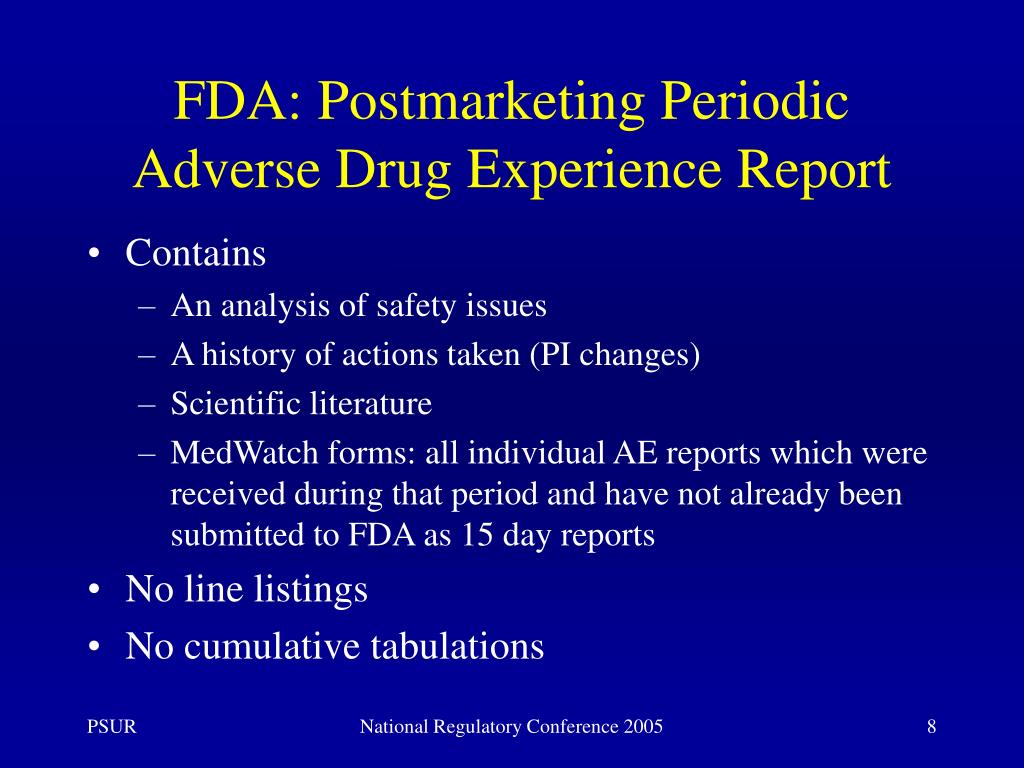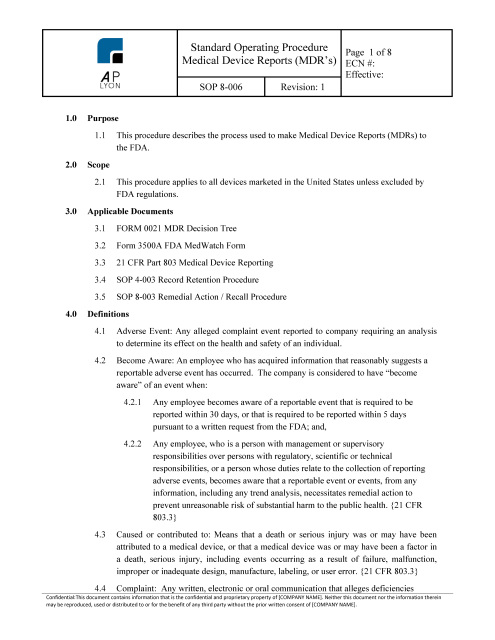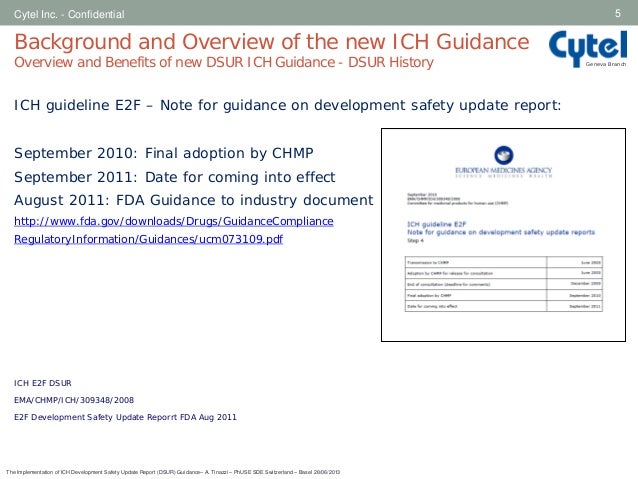- The development safety update report (DSUR) proposed in this guidance is intended to be a common standard for periodic reporting on drugs under development (including marketed drugs that are under.
- This guideline on the format and content of periodic safety update reports (PSURs) is considered particulary suitable for comprehensive reports covering short periods (e.g. Six months, one year) often prepared during the initial years following authorisation.
What is PSUR/PBRER?

A Periodic Safety Update Report or Periodic Benefit-risk Evaluation Reports are pharmacovigilance documents intended to provide an evaluation of the risk-benefit balance of a medicinal product at defined time points after its authorisation.
The periodic safety update report for marketed drugs (PSUR) was designed to be a stand-alone document that allows a periodic but comprehensive assessment of the worldwide safety data of a marketed drug or biological product. The PSUR can be an important source for the identification of new safety.
The objective of the PSUR is to present a comprehensive and critical analysis of the risk-benefit balance of the product, taking into account new or emerging safety information in the context of cumulative information on risk and benefits.

What is PADER?

Periodic Adverse Drug Experience Report (PADER/PAER) is a part of post-cumulative safety reports which need to be submitted to the United States Food and Drug Administration (USFDA).
The main purpose of a PADER is to update and evaluate a medicine’s global data and provide information about drug safety. It provides a brief summary of changing post-approval information of a drug along with the benefit-risk profile evaluation.
This evaluation provides insights, whether further changes are required for a medicine’s labeling or if additional investigations are required.
Submission of a PADER starts following completion of Phase 3 trials and with approval of a new drug application ([NDA] for innovator products), abbreviated NDA ([ANDA] for generic products), and biologic license application ([BLA] for biological products) by the US FDA.
In summary, the aim of cumulative reports of safety is to:
- Report all the relevant new information from appropriate sources:
- Spontaneous notifications from health care professionals
- Spontaneous notifications from non-health care professionals or from consumers (non-medically substantiated)
- MAH-sponsored clinical studies or named-patient (“compassionate”) use
- Literature
- ADR reporting systems of regulatory authorities
- Other sources of data:
- – reports on ADRs exchanged between contractual partners (e.g., licensors- licensees)
- – data in special registries, such as maintained in organ toxicity monitoring centres
- – reports created by poison control centres
- – epidemiologic data bases
Fda Periodic Safety Update Reports Psurs
- Relate these data to patient exposure to the medicine
- Summarize the medicine’s approval status in different countries and any significant variations related to safety
- Create periodically the opportunity for an overall reevaluation of safety
- Indicate whether changes should be made to an approved medicine’s label in order to optimize the use of the product